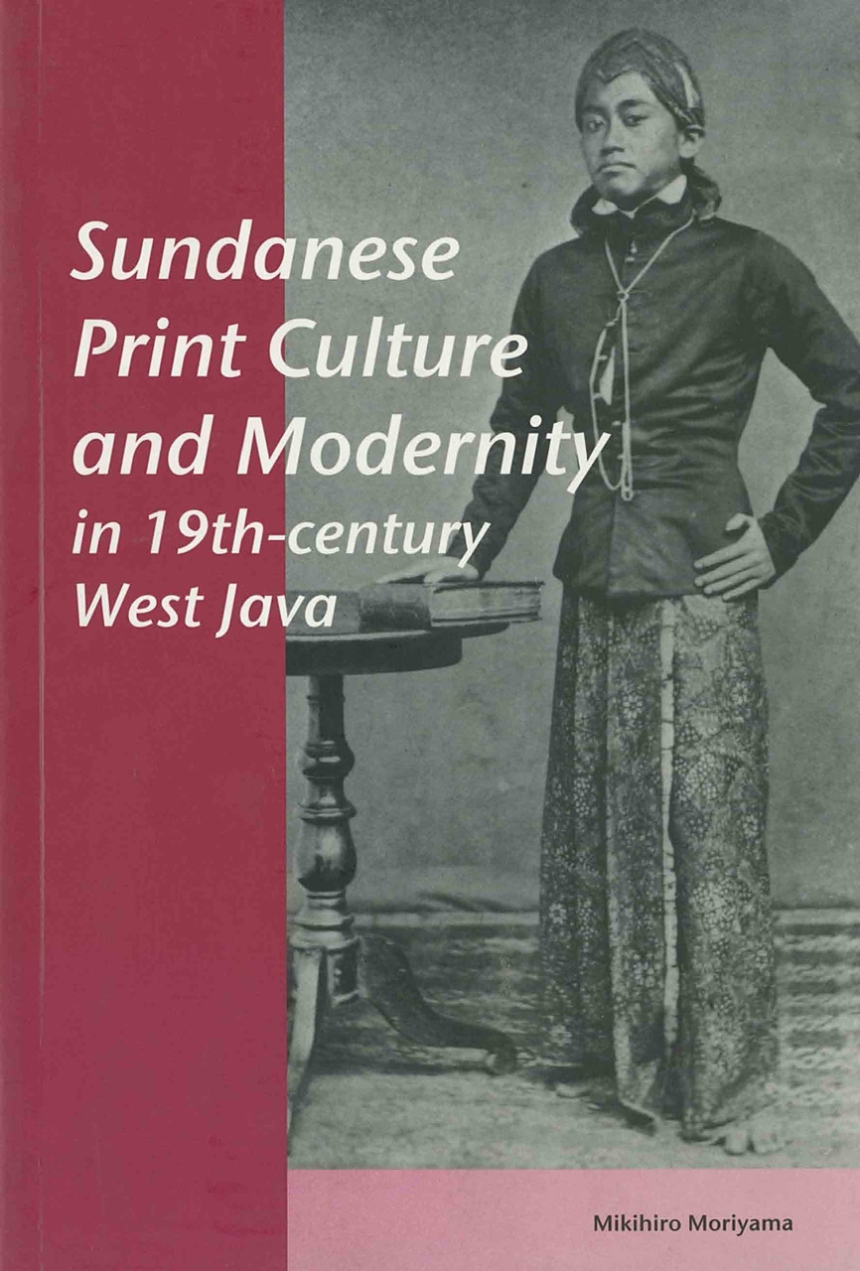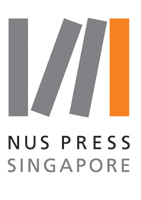National University of Singapore Press
Sundanese Print Culture and Modernity in 19th Century West Java
9789814722995
Distributed for National University of Singapore Press
Sundanese Print Culture and Modernity in 19th Century West Java
Sundanese Print Culture and Modernity in 19th Century West Java traces the development of modern printed books written in Sundanese, the dominant language in West Java, Indonesia, and the mother tongue of about 30 million people.
Starting with the 'discovery' of Sundanese by Europeans in the early 19th century, Mikihiro Moriyama follows the developments in the ensuing century when a small group of Dutch scholars and colonial officials reshaped the language and its literature over the next one hundred years. Schools taught Sundanese, and printed materials based on western concepts began to influence indigenous writing and oral tradition. The imposition of European standards of literary aesthetics shaped a modernity that rejected traditional knowledge in favour of rational and empirical paradigms. Interest in traditional poetry and its mythologies declined, and new forms of prose, including novels, captured the attention of the reading public. These materials promoted useful knowledge and morality, and encouraged deference and loyalty towards colonial authority.
Early in the 20th century, the establishment of the Commissie voor de Inlandsche School- en Volkslectuur (Committee for Indigenous Schoolbooks and Popular Reading Books), a government-subsidised institution, provided the growing number of literate people in the Indies with 'good' and 'appropriate' reading materials. Its development marked the end of an era when Sundanese writing competed with Western-style schools and publications, and signalled the triumph of the new colonial modernity.
Starting with the 'discovery' of Sundanese by Europeans in the early 19th century, Mikihiro Moriyama follows the developments in the ensuing century when a small group of Dutch scholars and colonial officials reshaped the language and its literature over the next one hundred years. Schools taught Sundanese, and printed materials based on western concepts began to influence indigenous writing and oral tradition. The imposition of European standards of literary aesthetics shaped a modernity that rejected traditional knowledge in favour of rational and empirical paradigms. Interest in traditional poetry and its mythologies declined, and new forms of prose, including novels, captured the attention of the reading public. These materials promoted useful knowledge and morality, and encouraged deference and loyalty towards colonial authority.
Early in the 20th century, the establishment of the Commissie voor de Inlandsche School- en Volkslectuur (Committee for Indigenous Schoolbooks and Popular Reading Books), a government-subsidised institution, provided the growing number of literate people in the Indies with 'good' and 'appropriate' reading materials. Its development marked the end of an era when Sundanese writing competed with Western-style schools and publications, and signalled the triumph of the new colonial modernity.
304 pages | 6 x 9 | © 2005
Asian Studies: Southeast Asia and Australia
Language and Linguistics: Language History and Language Universals
Library Science and Publishing: Publishing
Literature and Literary Criticism: Asian Languages
Table of Contents
List of Tables
List of Figures
List of Illustrations
Note on the Spelling
Acknowledgements
Introduction
1. Inventing a Language and Literature
Language and Literature in the Sundanese-speaking Area
Scholarship, Colonialism and the Canonization of Wawacan
2. The Institutional Context
Schools in the Sundanese-speaking Area
Printing and Publishing Network
A Mismatch: Print and Wawacan
3. The Birth of the Author: Moehamad Moesa
Moesa, the Man
Moesa, the Author
4. Reading Modernity in Wawacan Panji Wulung
The Reception of Wawacan Panji Wulung
Reading Modernity in Wawacan Panji Wulung
5. The Change in the Configuration
The Changing Configuration of Sundanese Writing
The Rise of a Kind of New Writing
Appendix 1: List of Sundanese Printed Books Before 1908
(1) By Year of Publication
(2) By Author’s Name
Appendix 2: Wawacan Panji Wulung
(1) The Construction of Verse Form and Stanza in Wawacan Panji Wulung
(2) Summary of Wawacan Panji Wulung
Notes
Bibliography
Index
List of Figures
List of Illustrations
Note on the Spelling
Acknowledgements
Introduction
1. Inventing a Language and Literature
Language and Literature in the Sundanese-speaking Area
Scholarship, Colonialism and the Canonization of Wawacan
2. The Institutional Context
Schools in the Sundanese-speaking Area
Printing and Publishing Network
A Mismatch: Print and Wawacan
3. The Birth of the Author: Moehamad Moesa
Moesa, the Man
Moesa, the Author
4. Reading Modernity in Wawacan Panji Wulung
The Reception of Wawacan Panji Wulung
Reading Modernity in Wawacan Panji Wulung
5. The Change in the Configuration
The Changing Configuration of Sundanese Writing
The Rise of a Kind of New Writing
Appendix 1: List of Sundanese Printed Books Before 1908
(1) By Year of Publication
(2) By Author’s Name
Appendix 2: Wawacan Panji Wulung
(1) The Construction of Verse Form and Stanza in Wawacan Panji Wulung
(2) Summary of Wawacan Panji Wulung
Notes
Bibliography
Index

